Get PeakVisor App
Sign In
Search by GPS coordinates
- Latitude
- ° ' ''
- Longitude
- ° ' ''
- Units of Length

Yes
Cancel
Share ×

Scan the QR code and open PeakVisor on your phone
❤ Wishlist ×
Choose
Delete
The North West Province of South Africa, located in the north-central part of the country, features landscapes ranging from flat plains and rolling hills. Nevertheless, there are 446 named mountains in the North West. Mountain Viewpoint is the highest point, measuring 1,789 meters (5,869 ft). The most prominent mountain is Pilanesberg, at 1,689 meters (5,541 ft).
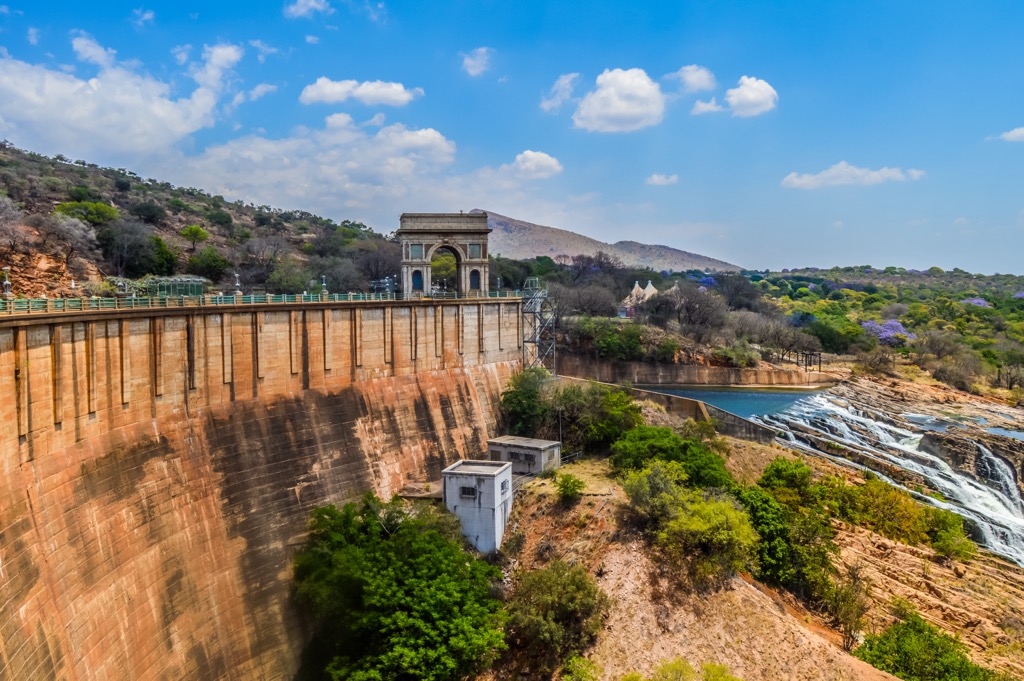
The North West province encompasses an area of 10,488,200 ha (25,916,906 ac), making it South Africa’s sixth-largest. Botswana borders it to the north, Limpopo province to the northeast, Gauteng to the east, the Free State to the southeast, and the Northern Cape to the southwest.
The terrain is predominantly flat with gently undulating plains, characterized by savannah vegetation consisting of grasslands, trees, and shrubs typical of the South African Highveld. The northern regions are more rugged, particularly near the Magaliesberg Mountains, one of the oldest mountain ranges in the world.
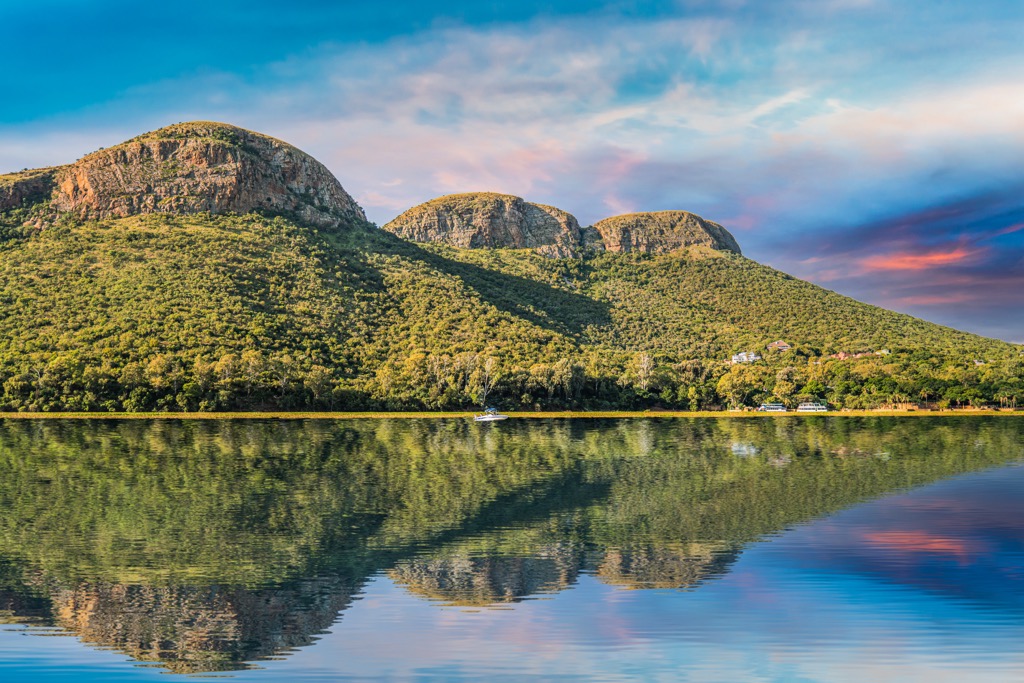
The climate in the North West province ranges from semi-arid to subtropical. Summers are hot, with average temperatures between 22°C and 34°C (72°F to 93°F), accompanied by seasonal rainfall. Winters are cool to mild, with temperatures ranging from 3°C to 20°C (37°F to 68°F). Rainfall is limited during winter, with annual precipitation averaging between 300 mm and 600 mm (12” to 24”).
Hydrographically, the North West province features significant rivers such as the Vaal River, which forms the southern boundary with the Free State, and the Molopo River, which flows along the border with Botswana. Many rivers in the province are seasonal and can disappear during the dry season.
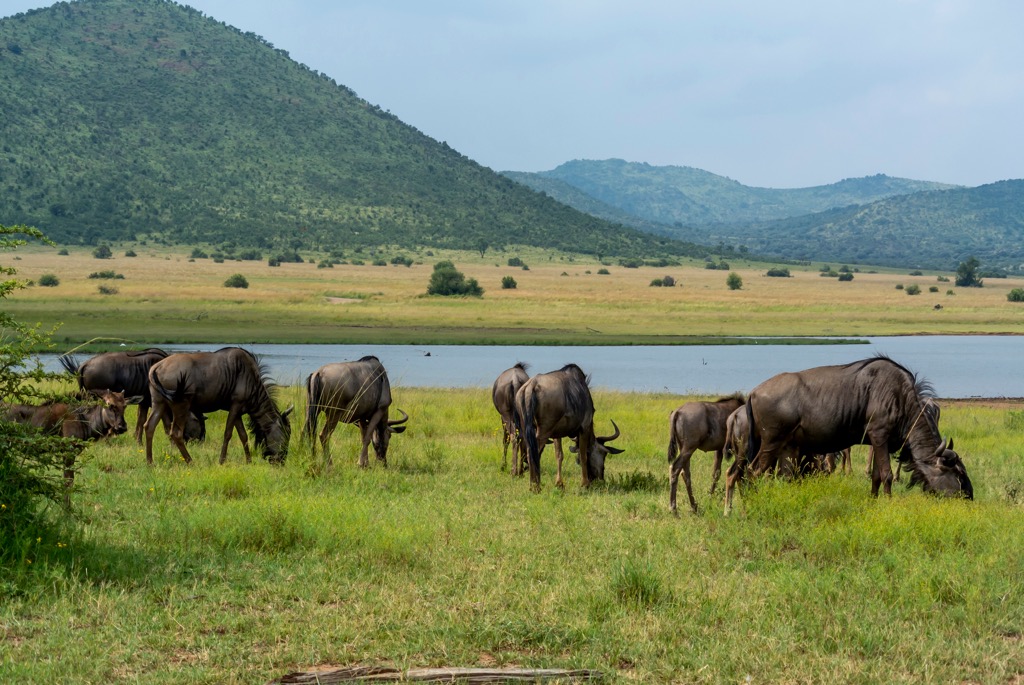
The province is home to game reserves and national parks, such as Pilanesberg National Park and Madikwe Game Reserve. These protected areas are rich in biodiversity and provide habitats for the Big Five: lion, leopard, rhinoceros, elephant, and buffalo.
Economically, the North West province is rich in minerals, particularly platinum group metals. Rustenburg is the center of the platinum mining industry, making the province a key part of South Africa's mining sector.
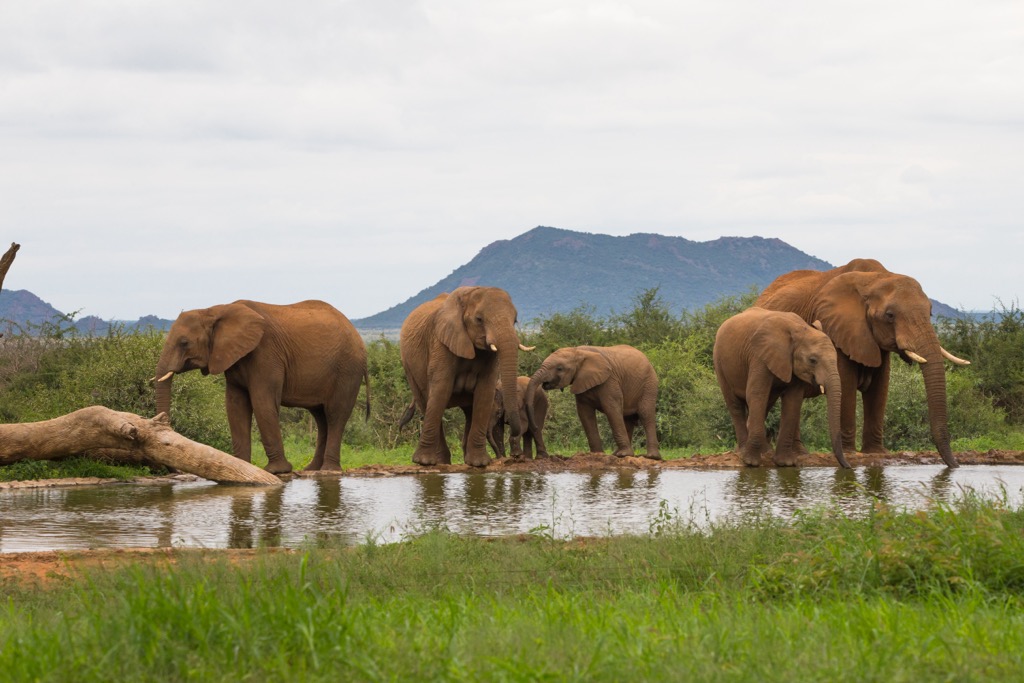
The North West province features a diverse geological landscape, primarily underpinned by ancient Archean rocks from the Kaapvaal Craton, which date back over 2.5 billion years. These rocks consist mainly of granites and gneisses, with younger Proterozoic sedimentary formations, such as the Waterberg Group and the Transvaal Supergroup, overlaying them. These formations are significant for their mineral deposits and fossil content. These rocks make the Magaliesberg one of the oldest ranges in the world.
The province is known for its rich mineral resources. The Kaapvaal Craton hosts valuable deposits of gold, platinum, and diamonds. The Witwatersrand Supergroup, located in the southeast, is particularly famous for its gold deposits, while the Bushveld Igneous Complex in the east is a leading source of platinum group metals.
Although gold mining has historically been important, most active mines are now in neighboring provinces.
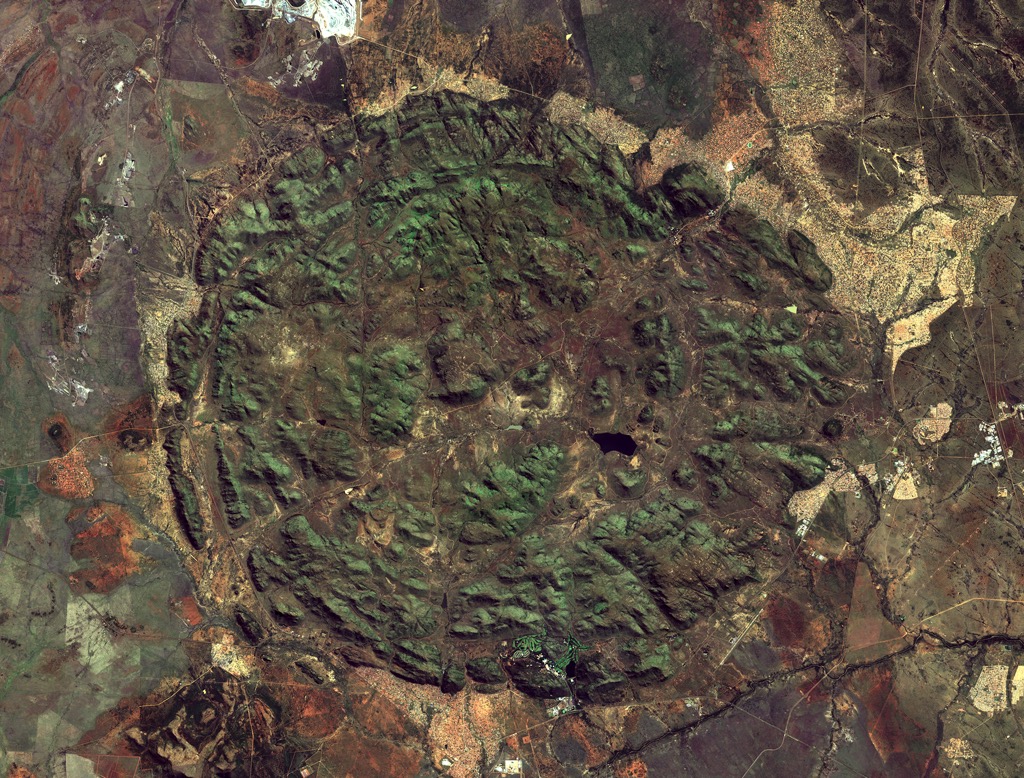
The flora and fauna in the North West province feature diverse ecological zones that support a rich variety of wildlife.
Highveld plateaus, bushveld, and semi-arid regions characterize the province. The predominant vegetation type in the province is savannah, interspersed with grasslands and acacia woodlands.
These ecosystems are essential for a wide array of flora and fauna, including grasses and trees like the marula and knob thorn. The province is home to numerous mammals, such as elephants, lions, and various antelope species, with Pilanesberg National Park and Madikwe Game Reserve serving as crucial conservation areas.
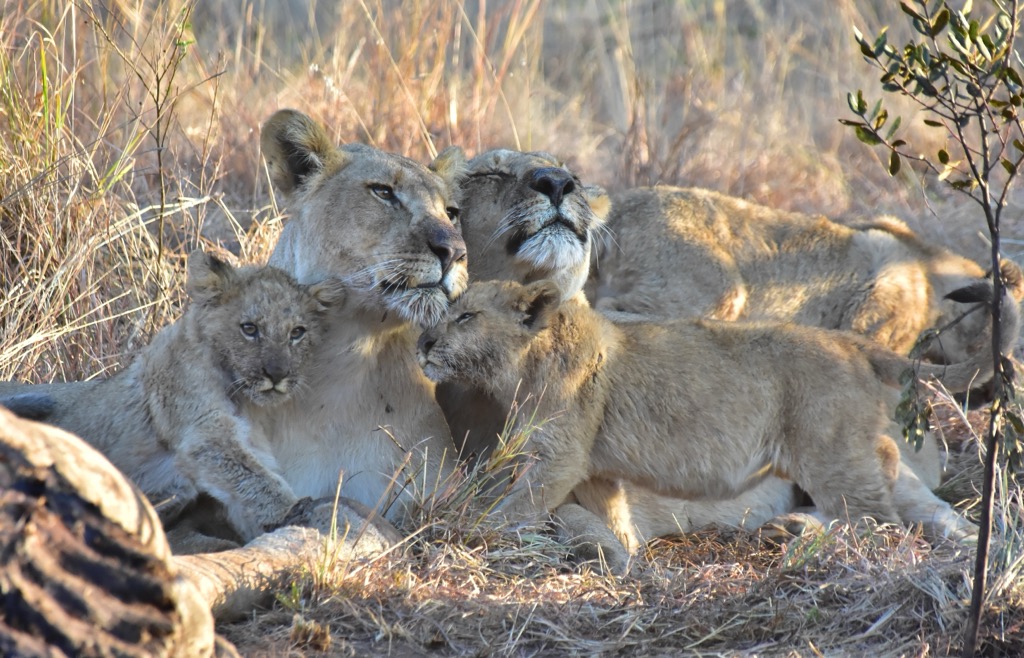
The North West province has an extensive history of cultural diversity and significant social change. Long before European contact, the region was inhabited by indigenous groups such as the San and Khoikhoi, who lived sustainably through hunting, gathering, and pastoralism.
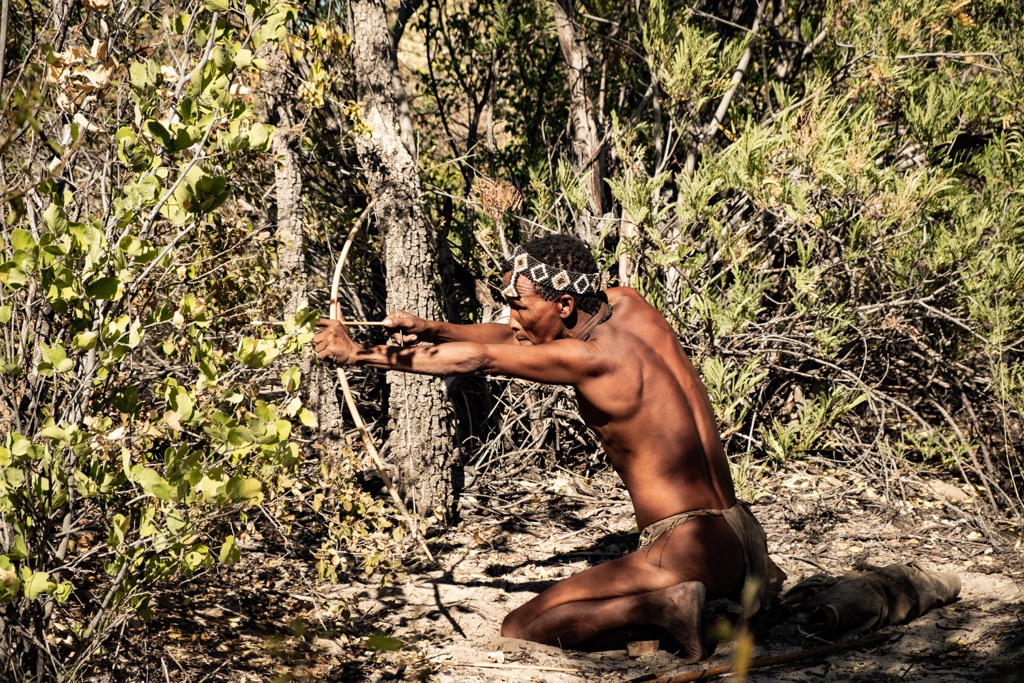
Around the 1st millennium CE, Bantu-speaking peoples, notably the Tswana, migrated into the area, establishing powerful chiefdoms and engaging in agriculture and cattle farming.
The arrival of European explorers in the 17th century, mainly the Dutch, initiated conflicts over land and resources as settlers encroached on indigenous territories. The Great Trek in the 1830s and 1840s saw Boer settlers move into the region, leading to the establishment of Boer republics and further clashes with indigenous communities.
British control expanded in the late 19th century, resulting in the annexation of the Boer Republic of the Transvaal and subsequent Anglo-Boer Wars, which reshaped the demographic and political landscape.
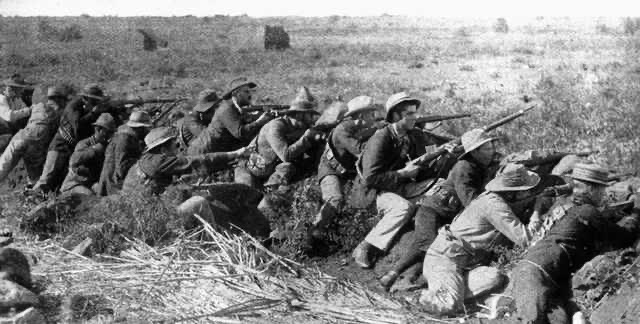
The discovery of gold and diamonds spurred economic growth but also entrenched racial segregation, culminating in the apartheid system established in 1948. During apartheid, the North West Province became a site of resistance against oppressive policies, with the establishment of homelands like Bophuthatswana leading to social unrest.
Following the end of apartheid in 1994, the North West province was officially formed, integrating former homelands and addressing historical injustices. The province is known for its cultural diversity and is home to significant archaeological sites, including the Cradle of Humankind.
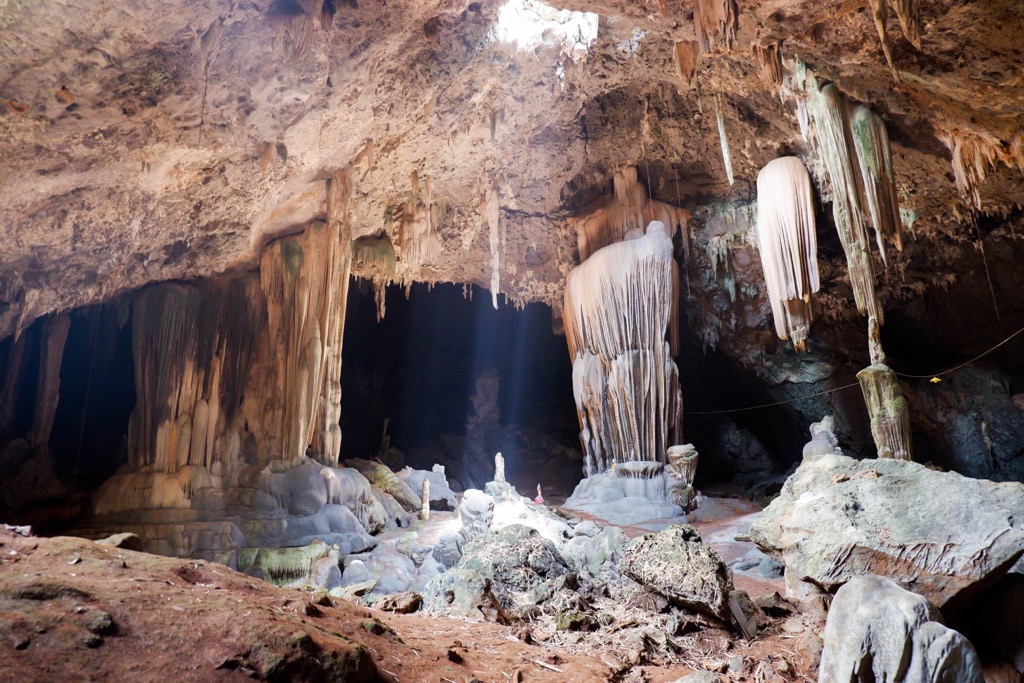
The Magaliesberg Biosphere Reserve, a UNESCO site, offers diverse hiking trails across its 120 km (75 mi) mountain range.
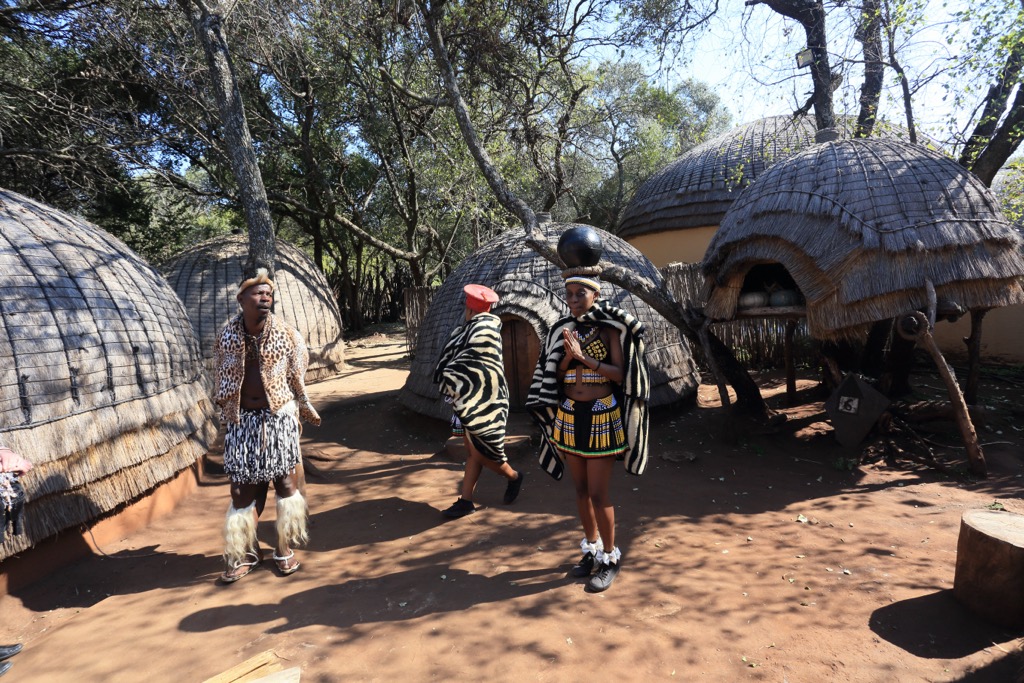
Notable routes include the Hennops Hiking Trails featuring unspoiled nature and suspension bridges, the Rustig Trails through rugged terrain, and the scenic Mountain Sanctuary Park at the foot of Breedt’s Nek Pass.
For those interested in nature and cultural history, the 10 km (6 mi) Majakaneng Heritage Trail combines natural beauty with local indigenous communities.
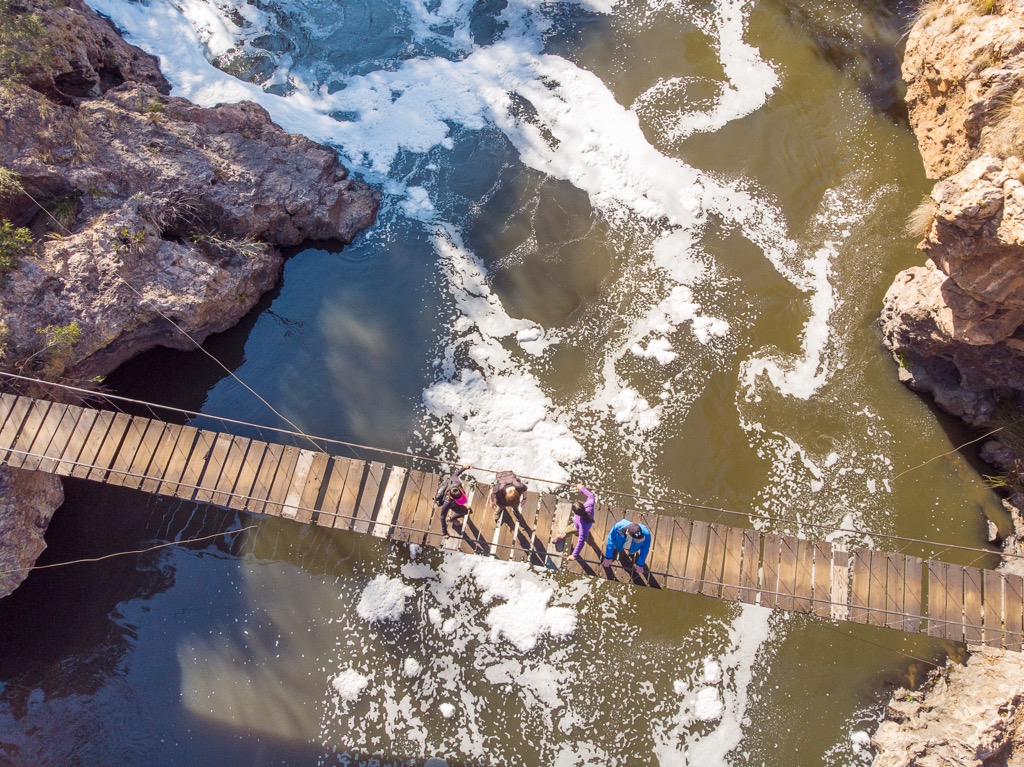
Pilanesberg National Park is situated in a volcanic crater and is known for its rich biodiversity and unique geological features. Guided hikes, led by experienced bush guides, allow visitors to explore the park’s rugged terrain. The Bakubung Bush Lodge Trail is ideal for casual hikers, with well-marked paths and scenic views of the savannah against Swartkop.
The Manyane Loop is a self-drive trail offering picturesque landscapes of the bush and savannah, as well as abundant wildlife. The Kgabo Loop, another self-drive trail, highlights the park’s geological formations, including the volcanic hills of Doornoek, Maritane, and Boriteng.
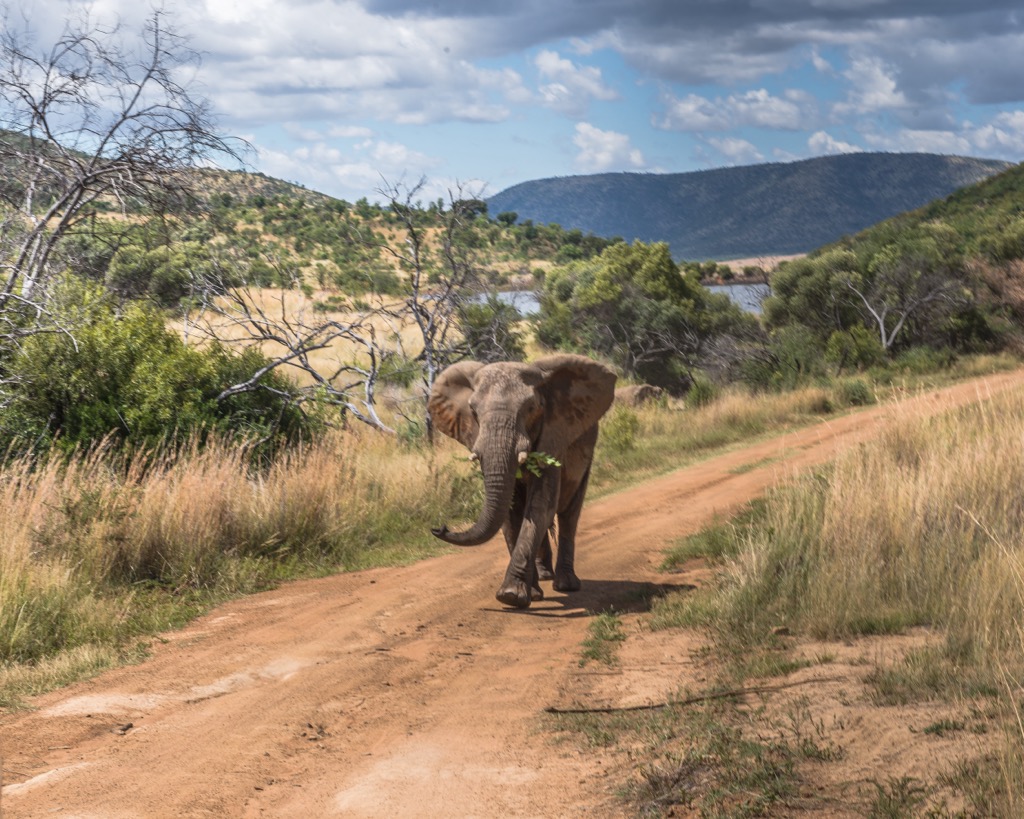
Hartbeespoort Dam, or Harties, is a popular South African destination with scenic views and diverse hiking options.
The Hartbeespoort Dam Circuit is a 38 km (24 mi) trail offering dam and mountain views and is ideal for experienced hikers. The 19.5 km (21 mi) De Wildt Euphorbia Trail features a gruelling elevation gain of 696 meters (2,286 ft) and panoramic views of Magaliesberg and Commando Nek.
The Vergenoeg Hiking Trail Black Route is a strenuous 10 km (6 mi) trail with challenging terrain and an elevation of 592 meters (1,942 ft) but offers outlooks of surrounding peaks, such as Nadia’s Hill.
For more accessible hikes, the Harties River Hiking Trail offers 6 km (4 mi), 8 km (5 mi), and 10 km (6 mi) routes along the Crocodile River and Magaliesberg Mountains.
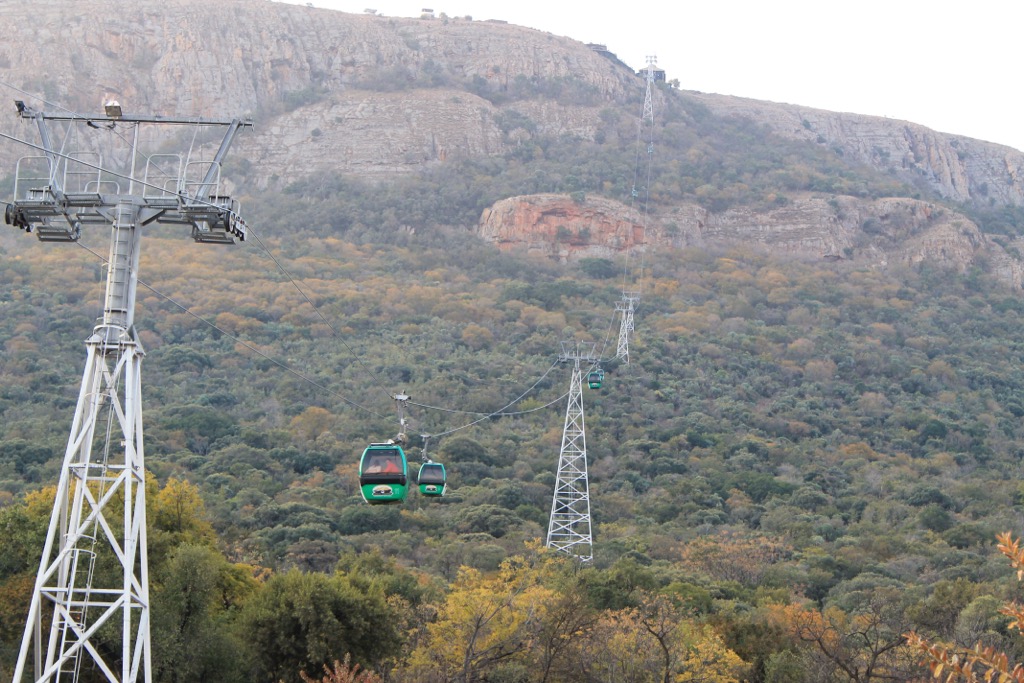
The Buffelspoort Dam is a popular hiking destination with trails suited for various skill levels.
The Buffelspoort Dam Circular Trail, 7 km (4 mi) long, offers moderate difficulty with a mix of forested areas and open viewpoints around the dam. The Mountainside Trail, approximately 5 km (3 mi), presents a more challenging hike with steep and rocky sections, rewarding hikers with extensive views of Buffelshoek and the Magaliesberg range.
For a more relaxed outing, the 6 km (4 mi) Buffelspoort Waterfall Trail leads to a scenic waterfall along gentle inclines.
Mahikeng, also known as Mafikeng, is the capital of the North West province. This city is rich in history and culture and is famous for the Siege of Mafeking during the Second Boer War.
Mahikeng Game Reserve offers a great chance to experience South Africa’s wildlife. Visitors can enjoy game drives to see various species, including giraffes, zebras, and antelopes. The reserve is also a good spot for birdwatching.
The Mafeking Museum and the Old Fort are two historical sites related to the Anglo-Boer War. Here, visitors about the area's rich history while enjoying the outdoor setting.
While not in Mahikeng itself, Sun City is a popular resort destination located about an hour and a half away. It offers a range of outdoor activities, such as golf, water sports, and safaris.
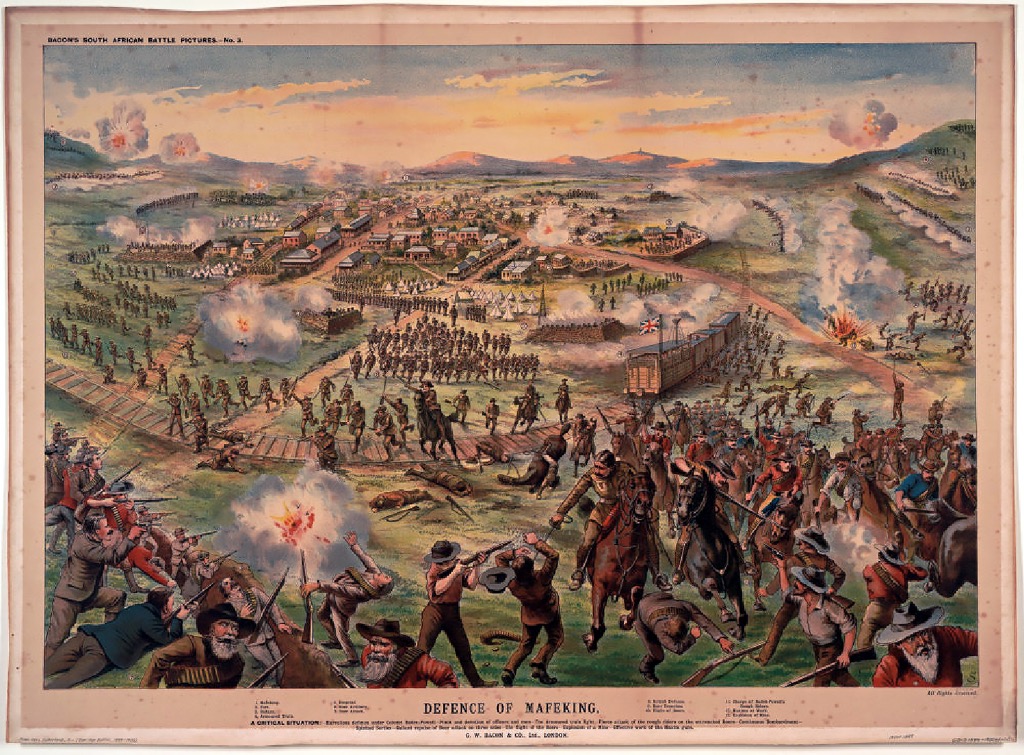
Rustenburg is a city in the North West province and a hub for mining, particularly platinum. The city is surrounded by the Magaliesberg Mountains, which offer a variety of outdoor activities.
Kgaswane Mountain Reserve, located in the Magaliesberg Mountains, is renowned for its diverse flora and fauna. This less-crowded nature reserve offers a peaceful retreat with activities such as hiking and birdwatching.

The Magalies Canopy Tours offers a zip-lining experience through the Ysterhout Kloof. Meanwhile, the Hartbeespoort Dam is ideal for boating, jet skiing, and fishing. The Hartbeespoort Aerial Cableway provides panoramic views of the dam and surrounding landscapes.

Explore North West with the PeakVisor 3D Map and identify its summits.








